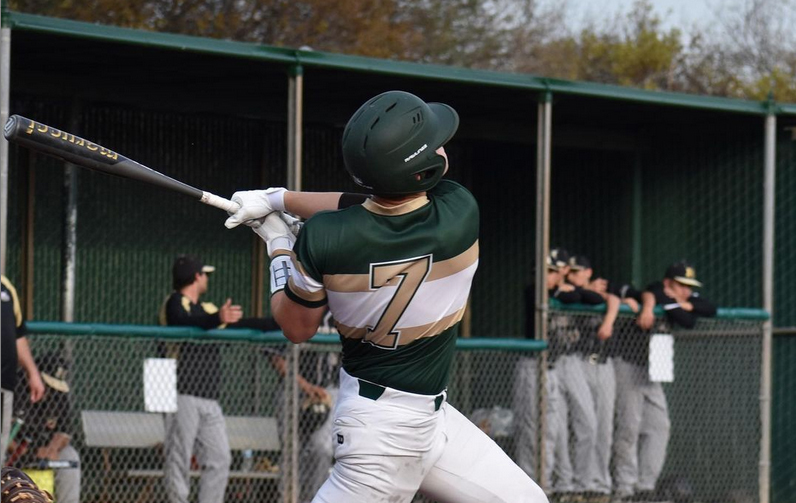
Of windy weather and fly balls

 CONTRA COSTA COUNTY — As baseball season begins this month in partially filled stadiums, every crack of a bat propels a baseball into the atmosphere.
CONTRA COSTA COUNTY — As baseball season begins this month in partially filled stadiums, every crack of a bat propels a baseball into the atmosphere.
How far a ball travels depends on the forces of physics, including the effects of weather conditions.
Pitch velocity, bat speed and the launch angle of the bat on the ball largely determine how far the struck sphere will travel. Fielders are aware that weather variables like wind, temperature and humidity also play a role in altering the flight path of a baseball.
Of all the weather variables, wind has the greatest effect on a batted ball. Both wind direction and wind speed influence where a ball will land.
Strong crosswinds can propel popups out of the reach of the fastest fielders. Winds that blow hard from home plate toward center field can carry a routine fly ball into the bleachers.
Even at lower wind speeds, there is a noticeable effect on flight distance. A 5 mph wind blowing out to center field can add about 10 percent to the distance of a ball hit well enough to travel into the outfield.
Temperature and humidity
Warm air is less dense than cool air. For example, air density is about 7 percent higher on a 50-degree night game than a 90-degree afternoon contest. A batted ball stroked hard enough to travel 350 feet on the cool night would travel about 365 feet on the hot afternoon.
Calculating the effects of increasing relative humidity is a bit trickier. A common assumption is that moist air is heavier than dry air, and, therefore, more dense. Actually, the opposite is true. The molecular weights of nitrogen and oxygen, which make up 99 percent of our atmosphere, are 38 and 32 atomic units, respectively. Water vapor only has an atomic weight of 18 atomic units. Increasing the humidity, which means adding water vapor molecules to replace dry air molecules, actually results in less dense air.
Unlike wind and temperature, the effect of increased relative humidity on distance traveled is slight. At a temperature of 70 degrees, a ball hit 350 feet will travel about one foot farther if the relative humidity is increased by 30 percent.
When air becomes extremely moist, condensation begins and microscopic water droplets start to form. In that case, a fly ball would begin to absorb some of the moisture and gain weight, shortening the distance it would travel.
On Opening Day this year, the first home run of the new season sailed through snow flurries in Detroit before landing in the stands. I wouldn’t be surprised if someone calculates how far that homer would have traveled if it hadn’t collided with all those snowflakes.
Woody Whitlatch is a meteorologist retired from PG&E. Email your questions or comments to clayton_909@yahoo.com
